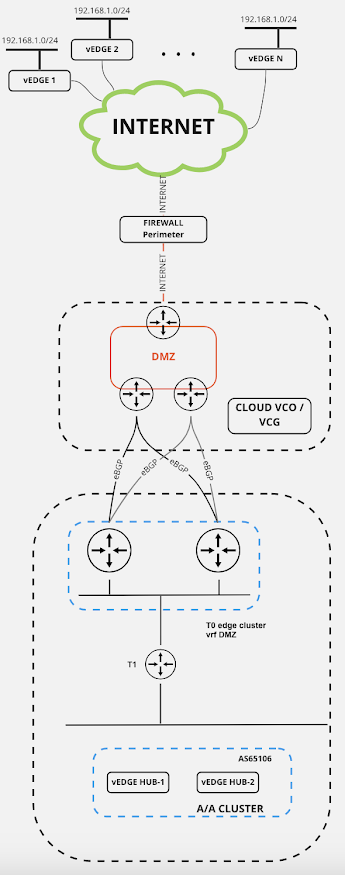vSphere Microsoft clustering - RDM & VMDK shared disk option for WSFC
There are multiple improvements from clustering techniques available to Customers from vSphere 7 and up, giving different options and simplifying actions so that high availability requirements are satisfied. Before v7 you can only rely on different pRDM (physical RDM) options or vVols (VMware vSphere Virtual Volumes), starting with clustered VMDK support on vSAN 6.7 U3.
Starting with vSphere v7.x there is support for Windows Server Failover Cluster (WSFC) with shared disk VMDK based resources by transparently passing to the underlying storage or emulating on the datastore level SCSI-3 Persistent Reservations (SCSI3-PRs) SCSI commands, required for a WSFC node (VM participating in a WSFC) to arbitrate access to a shared disk.
In summary, from the storage perspective next table is showing current options for sharing purposes in WSFC cluster environments - pay attention that only FC based storage, for clustered VMDK based disk, is supported at the moment:
For Customers utilising vSphere included replication option, latest vSphere Replication release notes based on v8.6 states that shared VMDK disk files cannot be replicated. This can be decision influence factor, because of possible requirements in different scenarios based on Primary-DR location environments.
One of very valuable resources, with detailed information about implementation for WSFC based environments, requirements with pros and cons, could be found on this link Setup for Windows Server Failover Clustering.
At the end - VMware is following with appropriate procedures and informations for every new vSphere release, so that Customers can use it and follow up on recommendations. vSphere 7 based guidelines for WSFC clustered environments is available on following LINK. It's worth mentioning that multiple constraints could be imposed in these type of configurations (ie live storage vMotion, fault tolerance, replication as I mentioned...), which needs awareness and proper decision process - nothing else.


Comments
Post a Comment